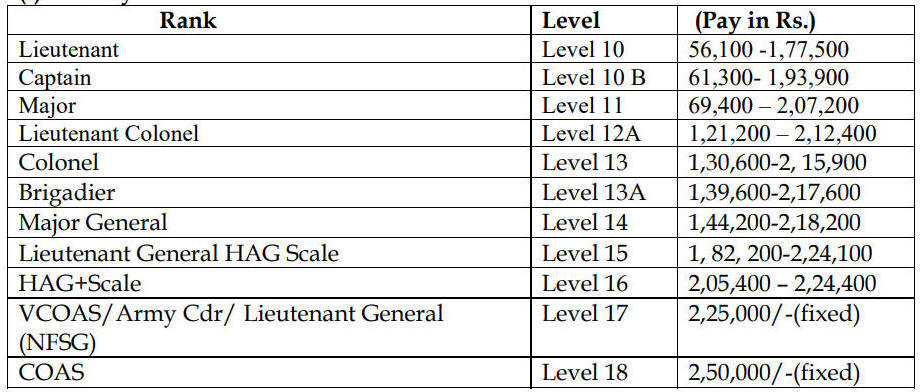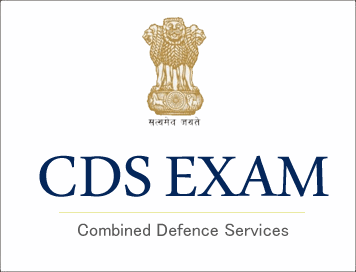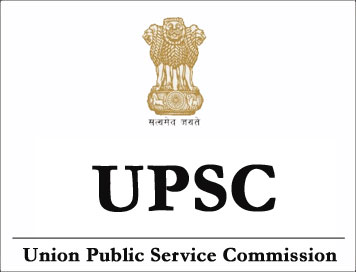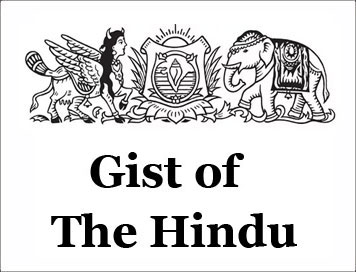(Notification) Combined Defence Services Examination (I)-2022
No.8/2/2021.E.I(B)— Combined Defence Services Examination (I), 2022 will be conducted by the Union Public Service Commission on 10th April, 2022 for admission to the under mentioned courses :—
Post Detail :
-
1. Indian Military Academy, Dehradun— 154th (DE) Course commencing in January, 2023 [including 13 vacancies reserved for NCC `C’Certificate (Army Wing) holders]-100
2. Indian Naval Academy, Ezhimala—Course commencing in January, 2023 Executive Branch (General Service)/Hydro [including 03 vacancies for NCC ‘C’ Certificate (Naval Wing through NCC Special Entry ) holders ]-22
3. Air Force Academy, Hyderabad—(Pre-Flying) Training Course commencing in January, 2023 i.e. No. 213 F(P) Course. [including 03 vacancies are reserved for NCC `C’Certificate (Air Wing) holders through NCC Spl. Entry]-32
4. Officers’ Training Academy, Chennai (Madras)—117th SSC (Men) (NT) (UPSC) Course commencing in April, 2023- 170
5. Officers Training Academy, Chennai (Madras) 31st SSC Women (NT) (UPSC) Course commencing in April, 2023. _______17
Total No of Post :-341
Educational Qualifications:
(i) For I.M.A. and Officers’ Training Academy, Chennai — Degree of a recognised University or equivalent.
(ii) For Indian Naval Academy— Degree in Engineering from a recognised University/Institution
(iii) For Air Force Academy—Degree of a recognised University (with Physics and Mathematics at 10+2 level) or Bachelor of Engineering.
CENTRES OF EXAMINATION:
The Examination will be held at the following Centres : AGARTALA, AHMEDABAD, AIZAWL, BENGALURU, BAREILLY, BHOPAL, CHANDIGARH, CHENNAI, CUTTACK, DEHRADUN, DELHI, DHARWAD, DISPUR, GANGTOK, HYDERABAD, IMPHAL, ITANAGAR, JAIPUR, JAMMU, JORHAT, KOCHI, KOHIMA, KOLKATA, LUCKNOW, MADURAI, MUMBAI, NAGPUR, PANAJI (GOA), PATNA, PORT BLAIR, PRAYAGRAJ (ALLAHABAD), RAIPUR, RANCHI, SAMBALPUR, SHILLONG, SHIMLA, SRINAGAR, THIRUVANANTHAPURAM, TIRUPATI, UDAIPUR AND VISAKHAPATNAM.
Applicants should note that there will be a ceiling on the number of candidates allotted to each of the centres except Chennai, Dispur, Kolkata and Nagpur. Allotment of Centres will be on the first-apply-first-allot basis and once the capacity of a particular centre is attained, the same will be frozen. Applicants, who cannot get a centre of their choice due to ceiling, will be required to choose a Centre from the remaining ones. Applicants are, thus, advised that they may apply early so that they could get a Centre of their choice.
Age Limits
(i) For IMA—Unmarried male candidates born not earlier than 2nd January, 1999 and not later than 1st January, 2004 only are eligible.
(ii) For Indian Naval Academy—Unmarried male candidates born not earlier than 2nd January, 1999 and not later than 1st January, 2004 only are eligible.
(iii) For Air Force Academy—20 to 24 years as on 1st January, 2023 i.e. born not earlier than 2nd January, 1999 and not later than 1st January, 2003 (Upper age limit for candidates holding valid and current Commercial Pilot Licence issued by DGCA (India) is relaxable upto 26 yrs.i.e. born not earlier than 2nd January, 1997 and not later than 1st January, 2003 only are eligible.
Note: Candidate below 25 years of age must be unmarried. Marriage is not permitted during training. Married candidates above 25 years of age are eligible to apply but during training period they will neither be provided married accommodation nor can they live with family out of the premises.
Fee :
Candidates (excepting Female/SC/ST candidates who are exempted from payment of fee) are required to pay a fee of Rs. 200/- (Rupees Two Hundred Only) either by depositing the money in any Branch of SBI by cash, or by using net banking facility of State Bank of India or by using Visa/Master/Rupay Credit/Debit Card.
Pay Scale:

HOW TO APPLY
Candidates are required to apply online by using the website http://upsconline.nic.in Brief instructions for filling up the online Application Form have been given in the Appendix-II (A). Detailed instructions are available on the above mentioned website.
The Commission has introduced the facility of withdrawal of Application for those candidates who do not want to appear for the Examination. In this regard, Instructions are mentioned in Appendix-II (B) of this Examination Notice.
Candidate should have details of one Photo ID Card viz. Aadhaar Card/Voter Card/PAN Card/Passport/Driving Licence/Any other Photo ID Card issued by the State/Central Government. The details of this Photo ID Card will have to be provided by the candidate while filling up the online application form. The candidates will have to upload a scanned copy of the Photo ID whose details have been provided in the online application by him/her. This Photo ID Card will be used for all future referencing and the candidate is advised to carry this Photo ID Card while appearing for Examination/Personality Test/SSB.
Important Dates:
- Date of Notification- 22.12.2021
- The Online Applications can be filled upto- 11.01.2022
Courtesy : UPSC










